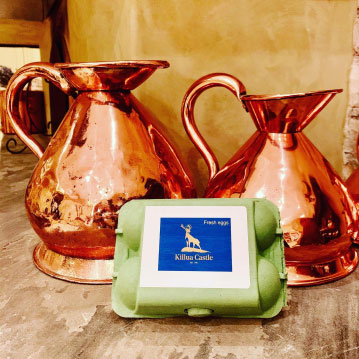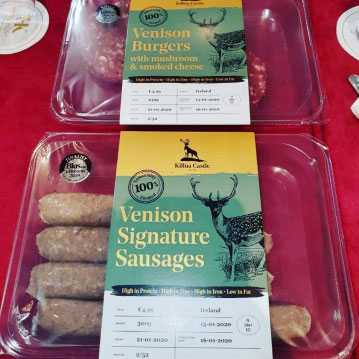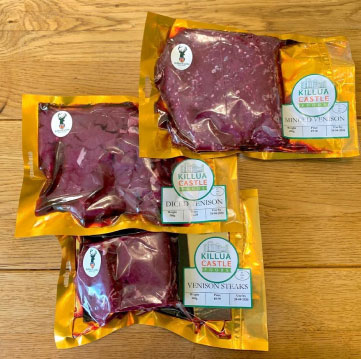
ABOUT THE CASTLE
Restoration
By 2000, Killua had become an ivy clad ruin with no roof for over half a century and with minimal archaeological remains of its interior. Molds were taken of the few remaining bits of decorative plasterwork and have been restored.
A major decision had to be made: how to tackle the restoration of Killua given that to most sane eyes, it was beyond the point of no returns. In any case, “returning the house back” is always a rather arbitrary process given that the house had evolved significantly from 1784 to 1944. Return it to when?.
As such, a decision was made not to recreate anything and not to try to put it “back to the way it was”. The exterior was restored to what it was in the photographs taken in the 1920’s, minus the windows which by then were a melange of styles from three different centuries. On the interior, Killua was going to have a new life reflecting the interests, backgrounds and personalities of its new owners and not trying to replicate anything. The simple answer to the questions “is this the way the interior would have look at the time?” is no, not at all.
Killua is today a 21st century castle that incorporates -in its interior- modern technology aimed at making the house sustainable and energy efficient. It also incorporates architectural salvage going back to the 15th c. The walls have been finished using lime plaster and several decorative ceilings have been specially commissioned.
Furthermore, the current owners take the full blame of what you see inside as no architect nor interior designer has been involved in the restoration works other than our builders coordinated by David Powderly of Powderly Restoration.



